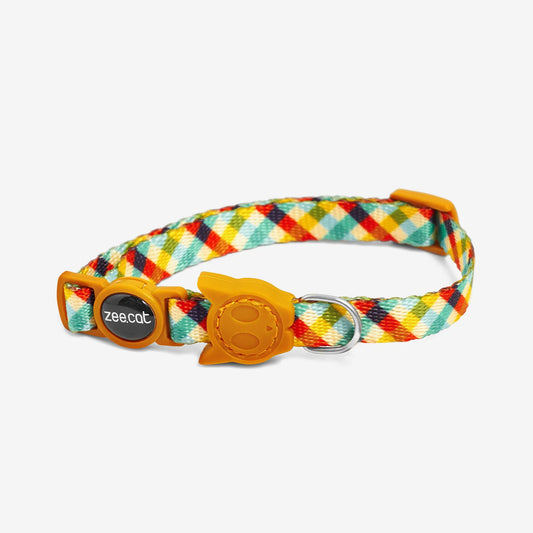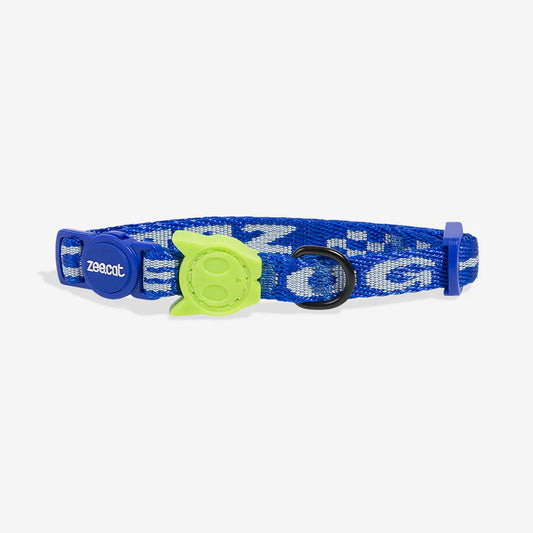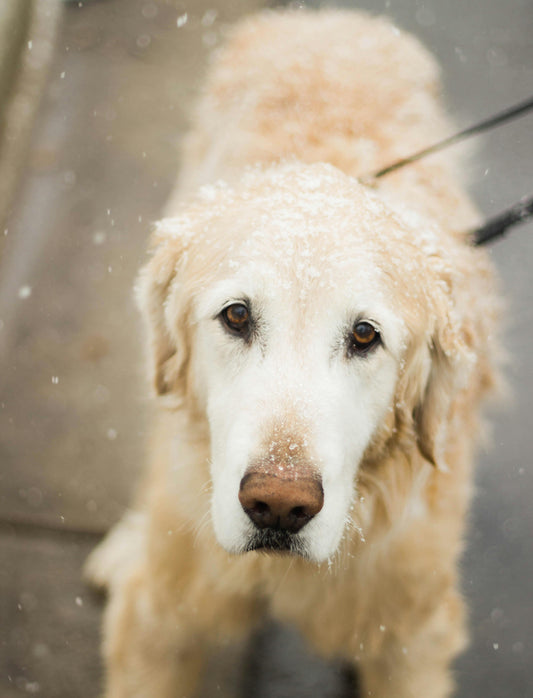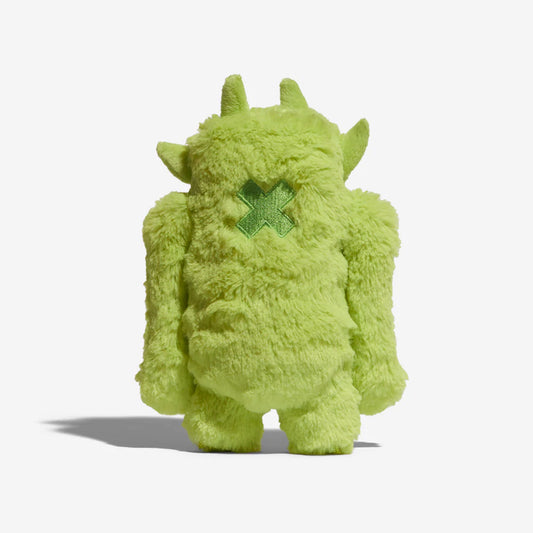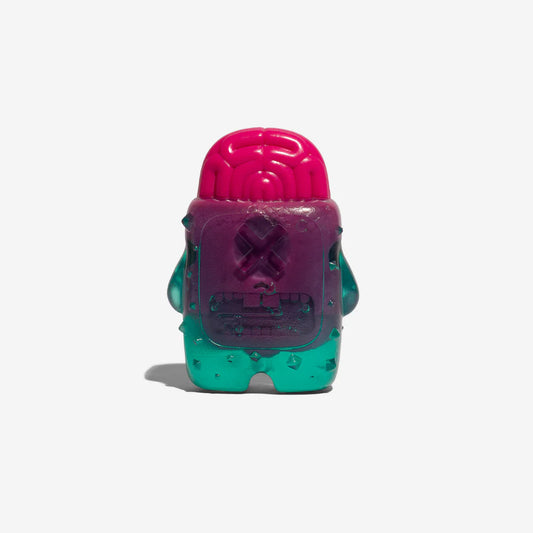Have you ever noticed your dog staring at you intently and wondered what is going on in their mind? This is a common behavior among our canine friends, and it can leave many dog owners puzzled and curious. Understanding the reasons behind this seemingly mysterious stare can strengthen the bond between you and your best friend.
There are various reasons why a dog might stare at their owner, ranging from seeking attention to expressing certain emotions. Sometimes, a dog can simply be curious and wants to observe what you are doing. In other instances, they could be trying to communicate something, such as a need for food, water, or a walk outside. It is crucial for dog owners to recognize and interpret these different cues to respond accordingly.
Moreover, the act of staring can also indicate a dog's attempt to understand and gauge human emotions. Dogs are known for their exceptional ability to read human facial expressions and body language. Therefore, your dog might be staring at you to figure out how you are feeling and how they should react in a given situation. Recognizing these various reasons underlying your dog's stare can help you develop a deeper understanding of your canine friend and respond to their needs in a timely and appropriate manner.
Understanding Your Dog's Gaze
Seeking Attention
Dogs often stare at their owners to seek attention. It's a way for them to initiate interaction and build a bond. They may want to play, receive a treat, or just be near you. Observe if your dog exhibits any other behaviors like wagging its tail, pacing, or barking. These could all be signs of their desire for your attention.
- Wagging tail: excitement or happiness
- Pacing: anxiety or restlessness
- Barking: assertive communication
Expressing Emotion
Your dog's gaze can also be a means of expressing emotion. A loving stare may indicate affection, while a fixed, wide-eyed gaze with dilated pupils could signal fear or aggression. Understanding your dog's unique emotional cues can help strengthen your bond and promote healthy communication.
Emotions dogs may express through their gaze include:
- Affection
- Fear
- Aggression
- Excitement
Signaling a Need
Lastly, a dog's gaze can serve as a way to signal a need. It's essential to understand and respond to these signals efficiently, as neglecting them might lead to stress in your pet. Your dog could be staring at you:
- To be fed
- To be taken outside for a walk or to potty
- If feeling unwell or in pain
Pay close attention to your dog's body language to determine the cause of their gaze, and respond accordingly to maintain a happy and healthy relationship with your canine companion.
Analyzing Staring Behavior
Distinguishing Between Stares
There are various reasons why a dog might stare at its owner. To better understand this behavior, it's essential to distinguish between different types of stares. Some common staring behaviors include:
- Focused stares: The dog's eyes are wide, with pupils dilated, and the body posture is tense. This could indicate a high level of arousal or alertness in response to a specific stimuli or a potential threat.
- Soft stares: The dog's eyes are soft, relaxed, and may be accompanied by a blinking motion. This type of stare is usually considered a positive kind of attention and a sign of affection.
- Hard stares: The dog's eyes are intense and unwavering, with the body posture stiff and tense. This could be a warning signal or a sign of aggression.
By identifying the type of stare, one can better address the underlying cause of the behavior.
Staring as a Training Behavior
In some cases, staring can be the result of previous training interactions between the dog and its owner. For example:
- The dog has been trained to maintain eye contact for a specific command, such as "sit" or "stay."
- The dog has learned that staring at its owner results in gaining attention and, consequently, receiving treats or other rewards.
To minimize this type of staring, it's crucial for owners to:
- Avoid reinforcing unwanted staring behavior by rewarding the dog only when it's appropriate.
- Use consistent and clear cues for eye contact during training, such as a verbal command or a hand signal.







